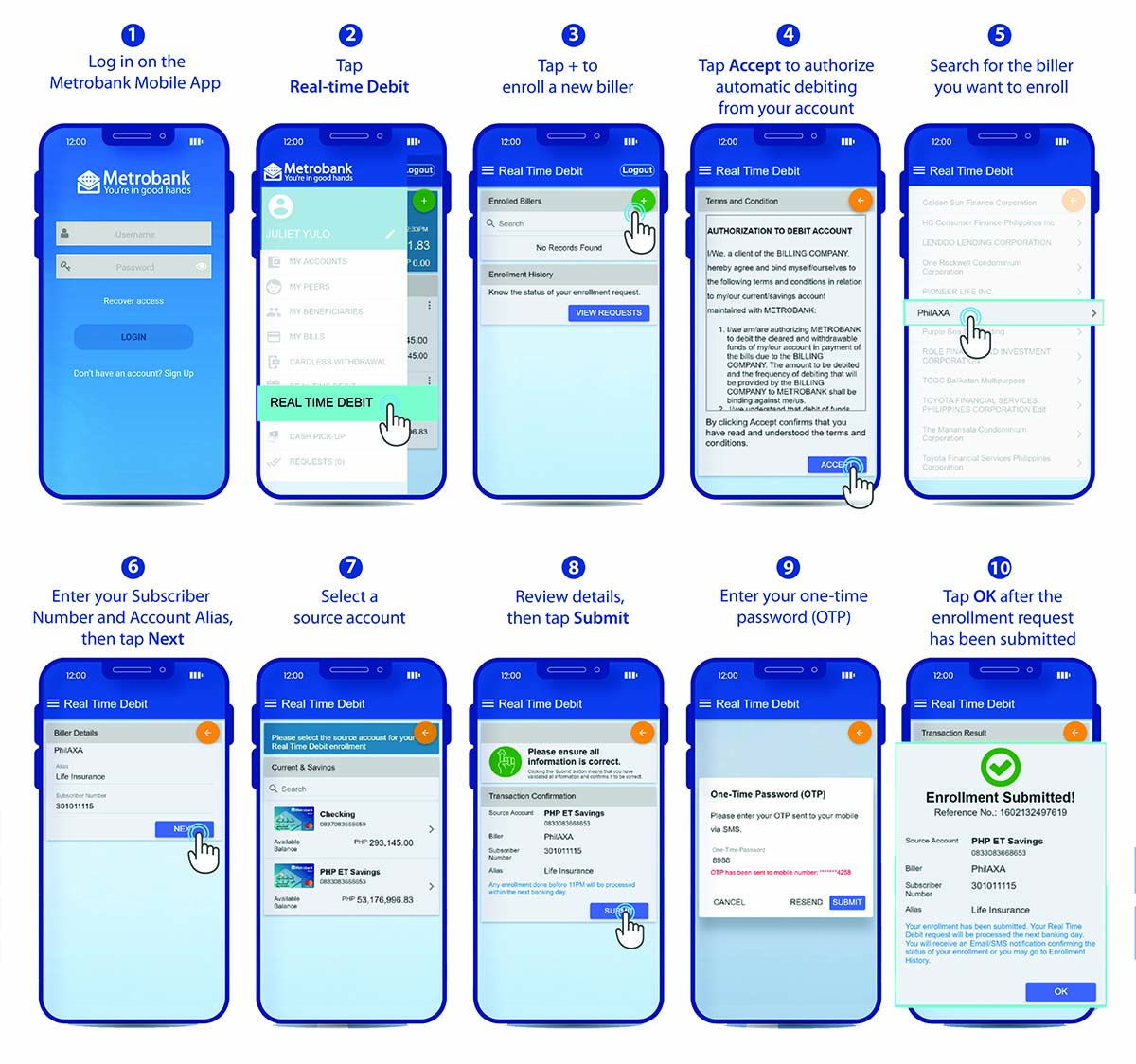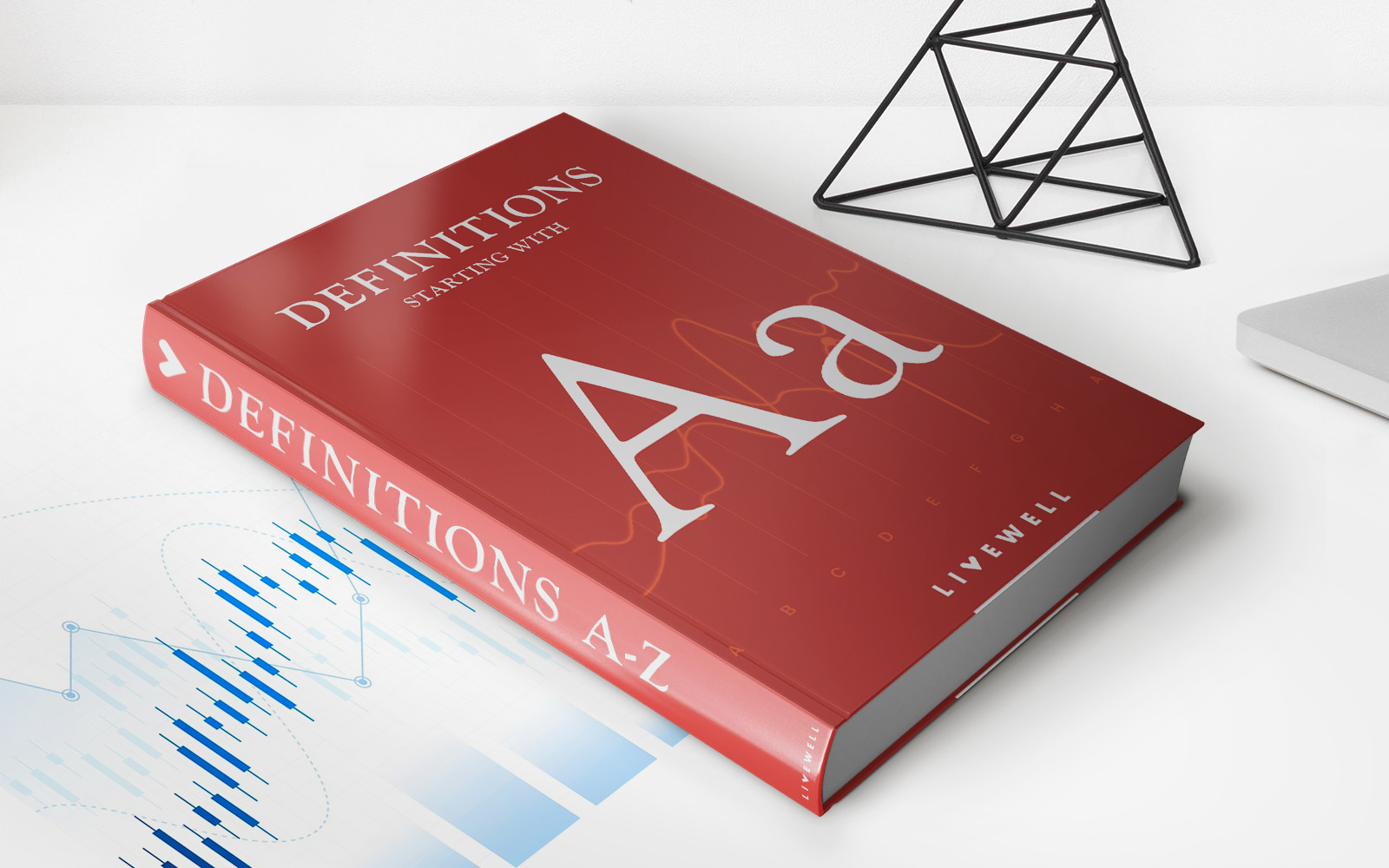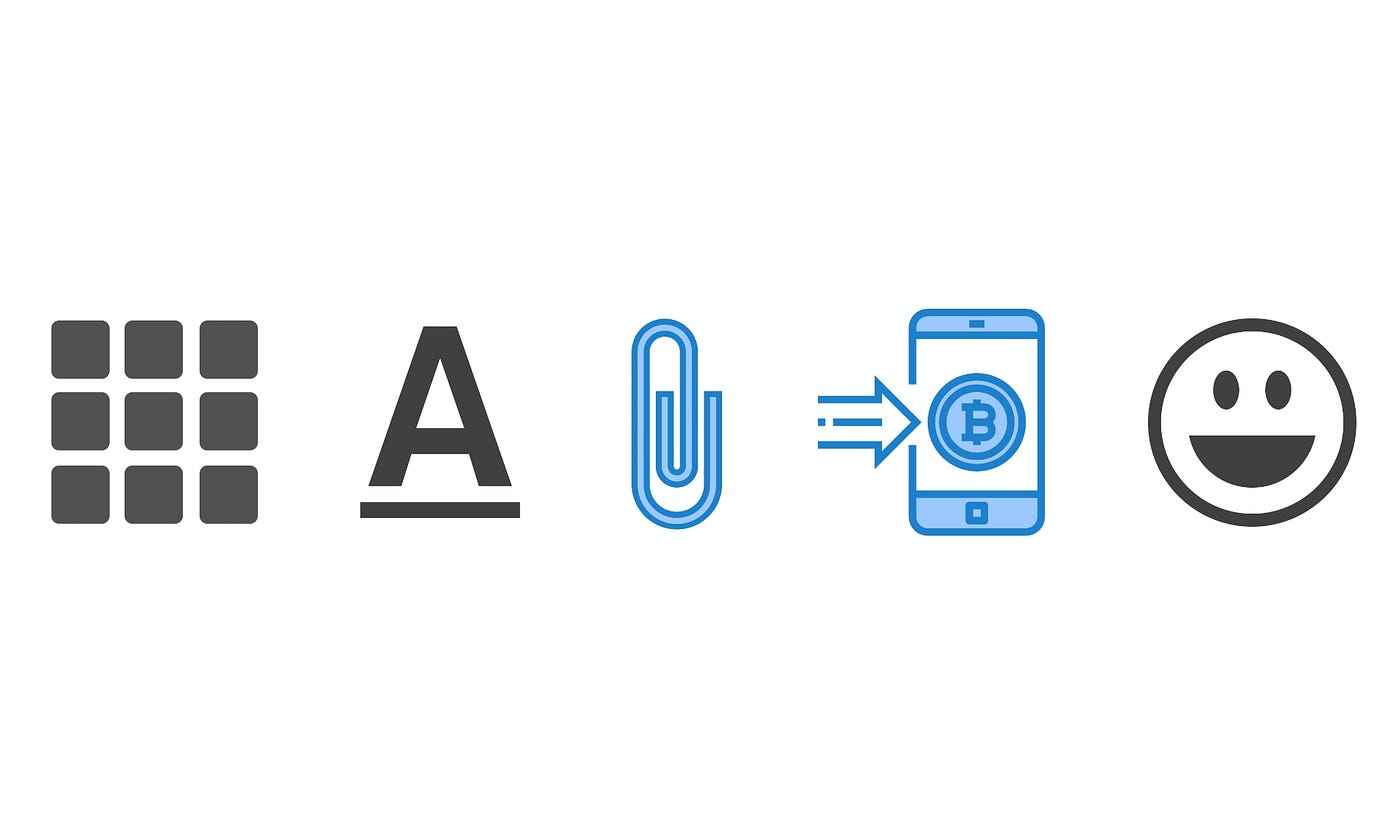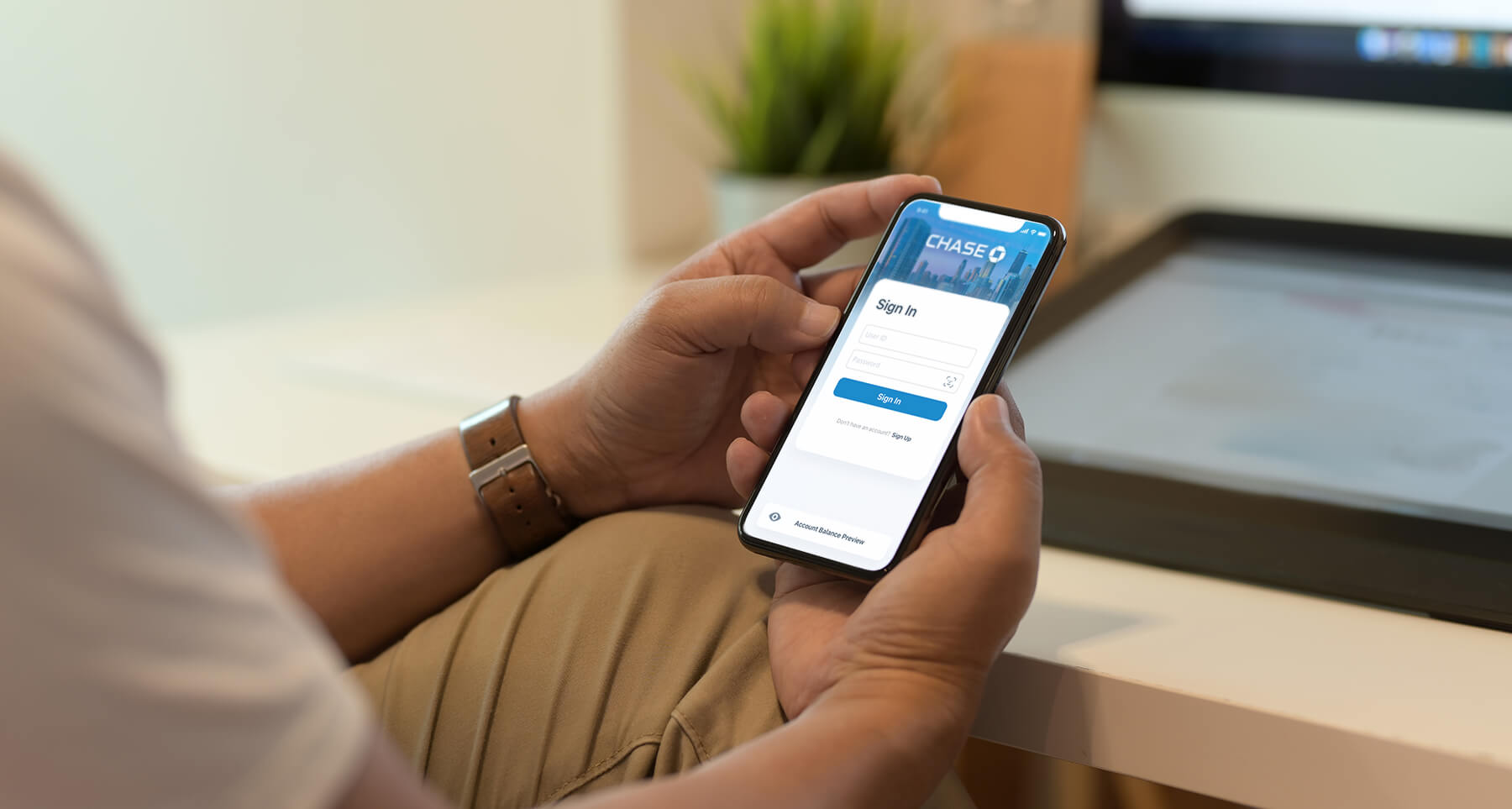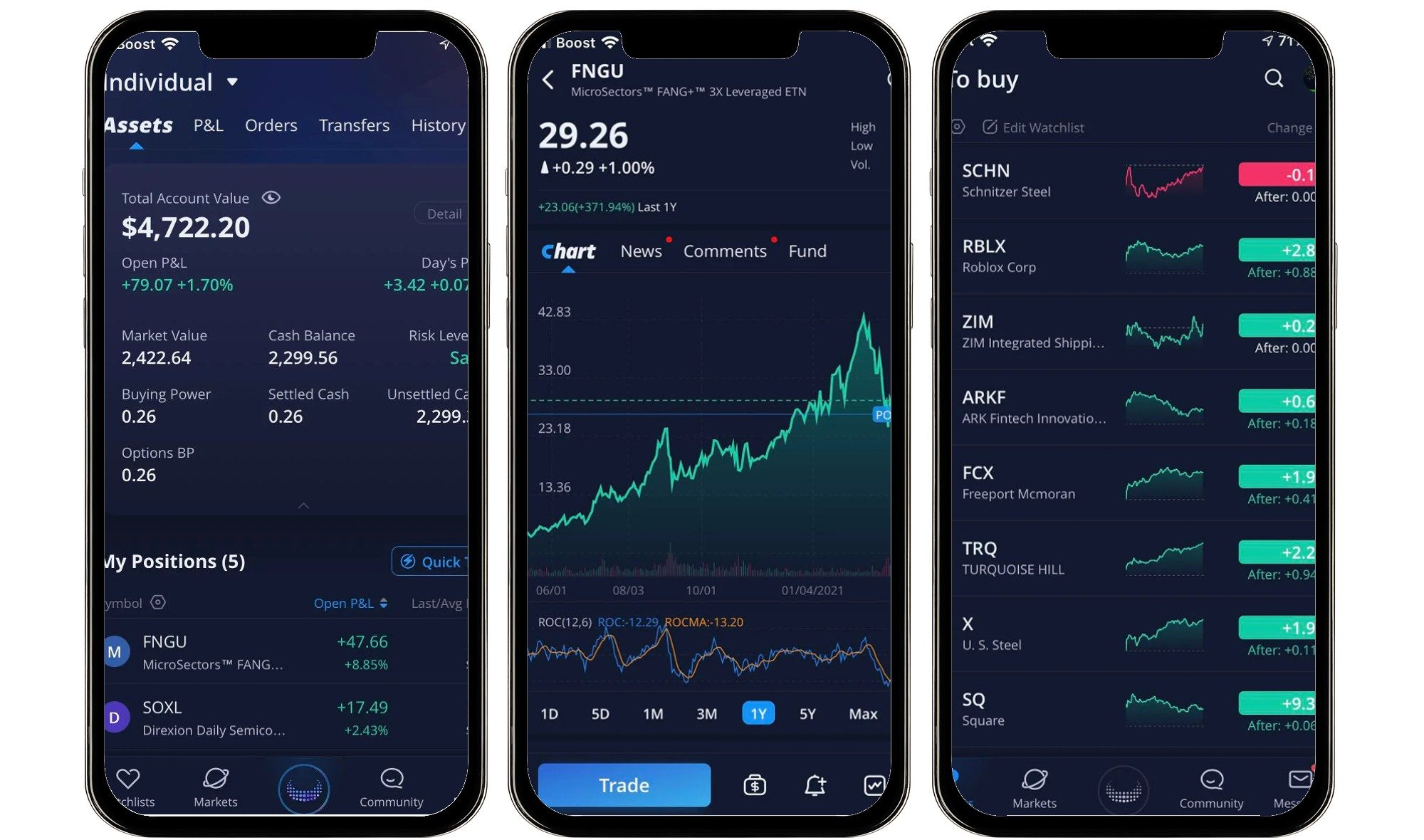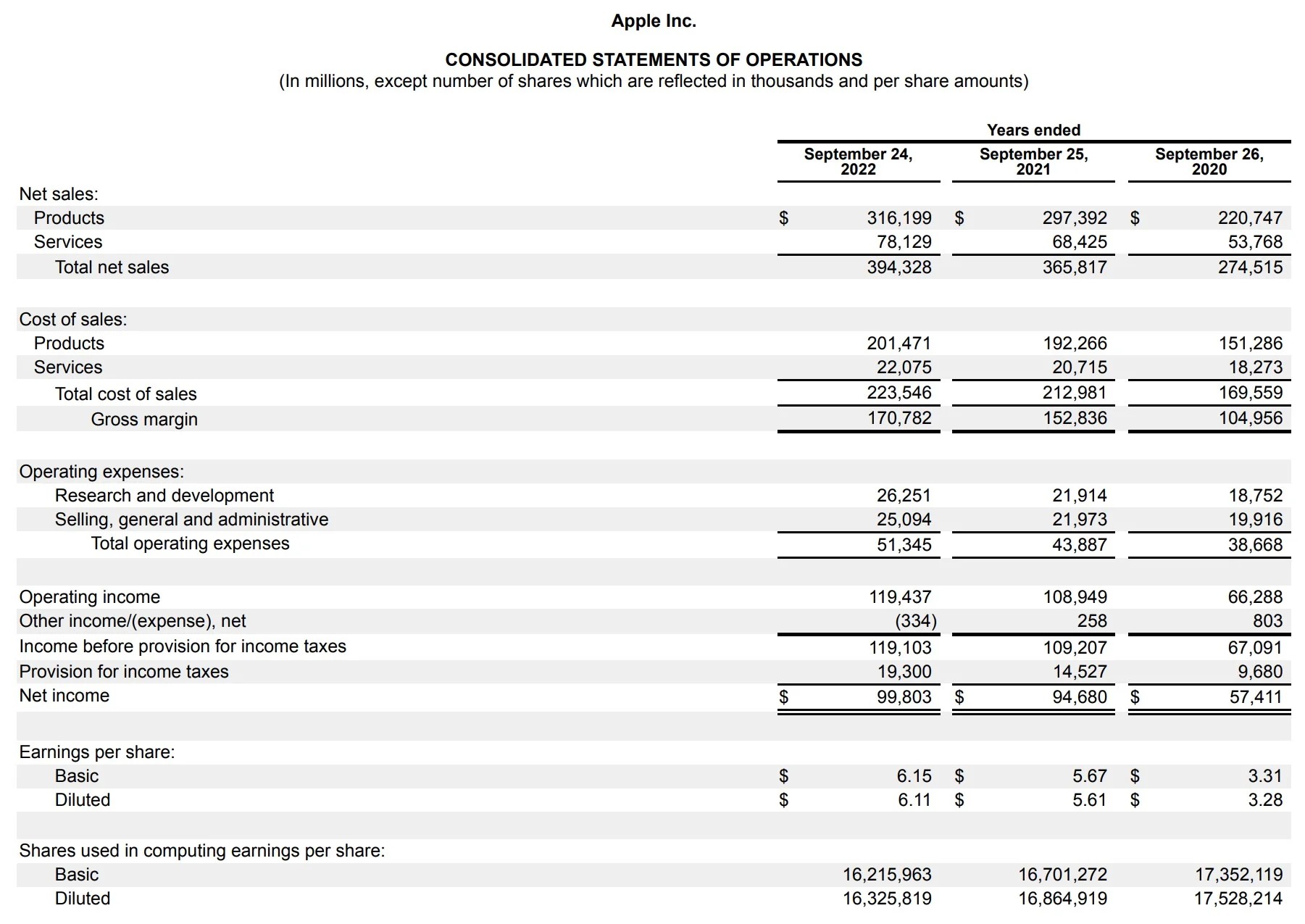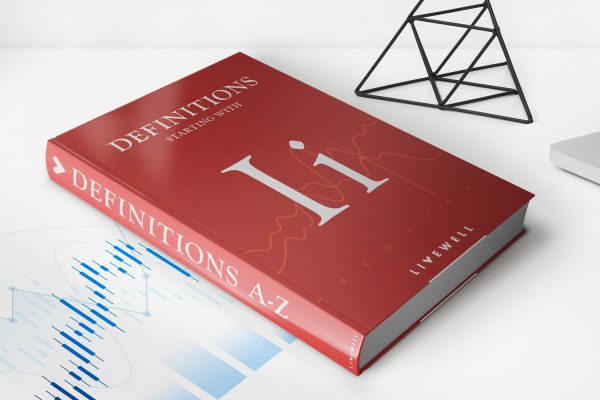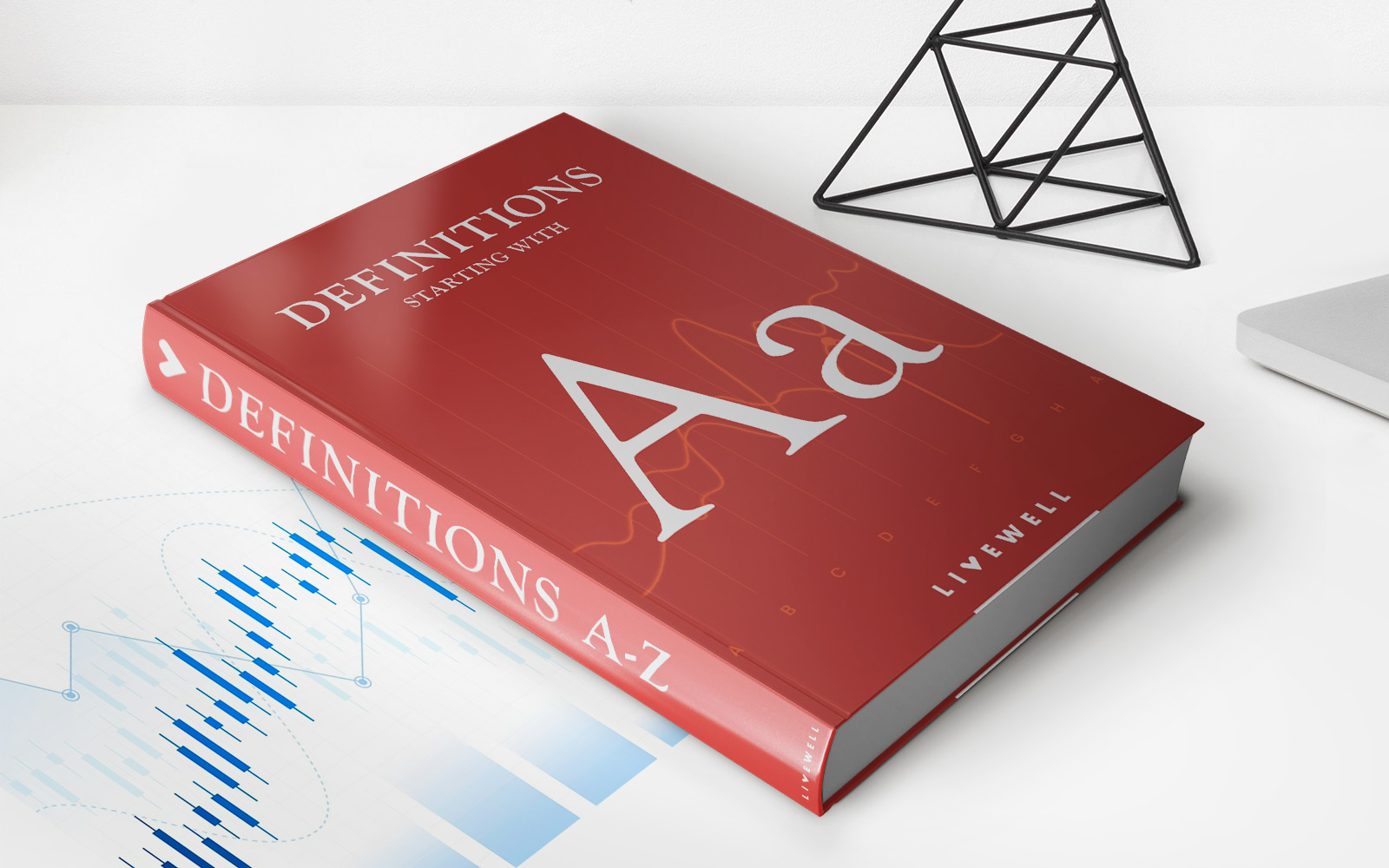Home>Finance>Understanding XRP’s Role in the Future of Money Transfers


Finance
Understanding XRP’s Role in the Future of Money Transfers
Modified: June 5, 2024
Explore XRP's pivotal role in reshaping global money transfers, leveraging blockchain for instant, secure cross-border transactions.
(Many of the links in this article redirect to a specific reviewed product. Your purchase of these products through affiliate links helps to generate commission for LiveWell, at no extra cost. Learn more)
Table of Contents
Ripple and its native digital asset, XRP, is arguably one of the most successful blockchain projects of all time. Since its launch in 2012, Ripple has revolutionized how blockchain technology and the banking industry cooperate through its fast, inexpensive, and scalable transaction settlement system.
What is Ripple and XRP?
Ripple is the company behind the XRP Ledger, a blockchain built to fix key drawbacks of the Bitcoin blockchain: confirmation times, transaction costs, secure consensus, and scalability.
The XRP Ledger runs on a partially centralized consensus protocol, with only around 150 ledger holders authorized to confirm whether each transaction is legitimate. These ledger holders communicate and coordinate to ensure transactions are confirmed in order and timeously without errors or mismatches.
XRP is the token used to pay transaction fees for using the XRP Ledger. Unlike other blockchains, the ledger holders (or nodes) do not receive these fees as a reward for their work. Instead, the XRP is irrevocably destroyed.
The XRP Ledger typically charges only a 0.00001 XRP fee for a single transaction (around $0.0000061 at the current XRP price from 15.03.2024) while confirming the transaction within three to five seconds. This is an immense improvement over other blockchains, even those using a Proof-of-Stake consensus algorithm. The XRP Ledger can process over 1,500 transactions per second.
The Future of Money Transfers
With the advent of Web3 and other digital technologies that focus on speed and efficiency, money transfers from banks have been found lacking while the rest of the world speeds up. Companies such as PayPal and TransferWise have stepped in to fill these gaps over the years, but they still only patch up the problem by only solving some issues and even creating their own new issues.
Blockchains and the cryptocurrencies that run on them are the perfect solution to this problem. However, first-generation blockchains like Bitcoin have struggled to meet increased demand and adoption beyond what was first envisioned during their initial design. While still improving on traditional value transfer systems, many Proof-of-Work and Proof-of-Stake blockchains don’t quite present the solution they aim for and still struggle with long confirmation times, high fees, and network congestion.
The Role XRP Has to Play
This is where XRP comes in. The XRP Ledger was built to directly compete with systems like SWIFT in the traditional banking sector. While SWIFT was revolutionary in itself, it still relies on old systems, expensive fees, and slow confirmation times to complete transactions, while the XRP Ledger can facilitate the transfer of large amounts of money very quickly, even across borders.
With its extremely low transaction fees and near-instant confirmation times able to scale on demand, the XRP Ledger is ideally situated to fill the value transfer gap with XRP poised to become one the biggest cryptocurrencies there is.
What’s more, the XRP Ledger isn’t limited to simple money transfers. XRP facilitates custody of tokenized assets, liquidity for crypto exchanges, and the implementation of Central Bank Digital Currencies (CBDCs), further enhancing its value.
XRP in Practice
But all this theoretical performance would mean nothing without real-world application. And that’s why since its inception, Ripple has partnered with key organizations around the world to bring their solution to everyone.
Some of the over 100 banks that work with Ripple include IndusInd, SEB, PNC Bank, IFX, the Commonwealth Bank of Australia, RAKBANK, InstaReM, Santander, Canadian Imperial Bank of Commerce, Siam Commercial Bank, and SBI Remit. Big companies that have announced partnerships with Ripple include Amazon, Mastercard, MoneyGram (their agreement has since expired), and American Express.
With all of these real-world implementations already making use of the XRP Ledger, it comes as no surprise that XRP is ranked 6th on the list for cryptocurrency market capitalization and almost every XRP price prediction sees it growing immensely in the long run.
Conclusion
Blockchain technology has solidified its position as the ultimate solution to bringing money transfers into the 21st century. However, it’s important to determine which blockchain truly offers a system that works both for cryptocurrencies and traditional banks. XRP is perfectly poised to continue breaking ground with the XRP Ledger’s cutting-edge technology. The future of money transfers is certainly safe in their hands.



